Nintendo Switch OLED has some decent upgrades, but lacks the bigger picture in a next-gen world
Nintendo Switch OLED lacks major requests like 4K gaming and longer battery life
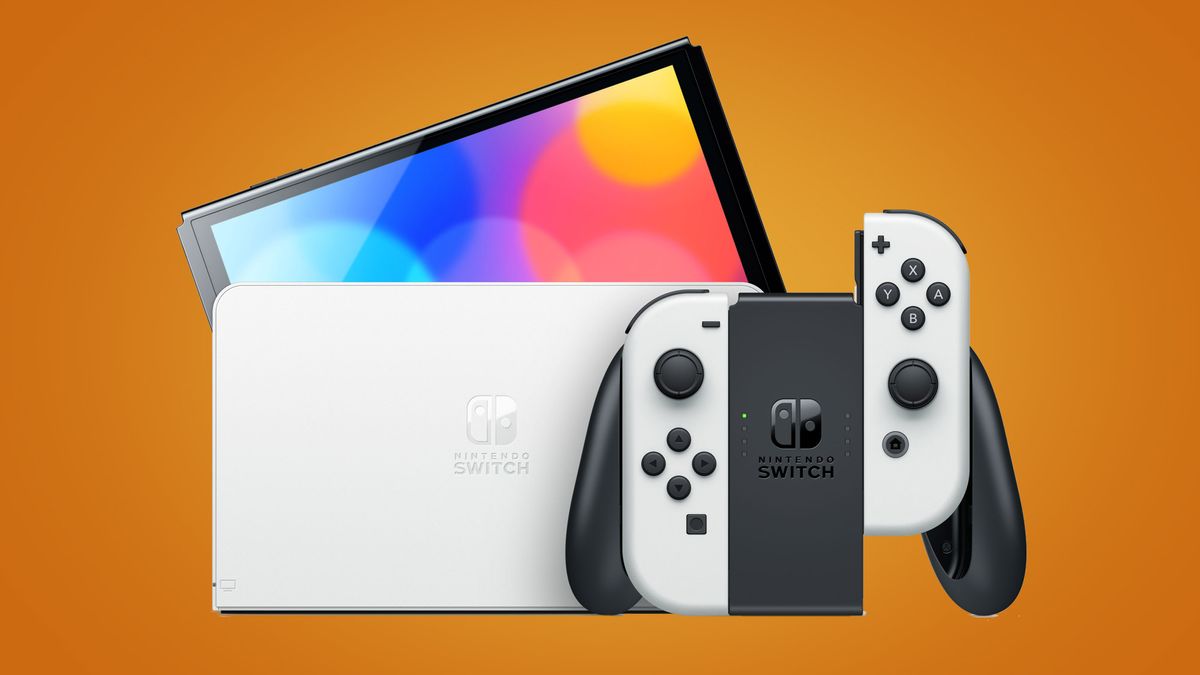
Nintendo Switch OLED is an updated Switch console coming this October, with the term "updated" being used rather generously. The Switch OLED comes equipped with a bigger screen, a wider kickstand, improved speakers, and a black and white colorway, along with a new dock that includes a built-in wired LAN port – but it's no Nintendo Switch Pro. While rumors shouldn't negatively affect the product that ultimately makes it to market, it's hard to understand the logic behind what is essentially a mid-cycle upgrade.
Compare the Nintendo Switch OLED to other mid-generation refreshes like the PS4 Pro and Xbox One X and you'll see an obvious lack in actual upgrades. Nintendo has invested in hardware refreshes for its own systems in the past, although the New Nintendo 3DS was undoubtedly a larger leap over the 3DS than what we're seeing here between the Switch and Switch OLED. Perhaps it's no surprise that some are disappointed with the announcement, then – and that's before we even get into the rumored features that never became a reality.
Expectation vs Reality
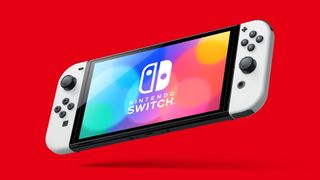
The Nintendo Switch OLED will release on October 8 for $349/£309. Expect stock to go fast, so if the new model entices you, get your Nintendo Switch OLED pre-order sorted.
Nintendo never confirmed nor denied the existence or development of a Nintendo Switch Pro, but that didn't stop the steady circulation of rumors. In early 2019, the Wall Street Journal reported that two new Nintendo Switch models were on their way: a "cheaper option for casual gamers" (which ended up being the Switch Lite), and a more powerful, full-HD Switch model for the hardcore Nintendo fans.
Then, in August 2020, Bloomberg reported on a rumor that Nintendo was working on a 4K HD Switch with more computing power. The general consensus was that the Nintendo Switch Pro would come equipped with an upgraded dock that would allow for 4K gaming on your TV, increased battery life for the console in handheld mode, and a larger full 1080p display. Then, just a few months ago, Bloomberg reported that we would see a 4K Nintendo Switch with a 7-inch OLED screen sometime before the year was up. Well, the reports were partially true – we are getting a larger, 7-inch OLED screen – but that's about it.
You can't blame Nintendo for the Switch OLED not living up to the expectations generated by the rumor mill, but that doesn't absolve the company entirely. It's been little over four years since the Switch made its debut and the need for a number of quality-of-life improvements to the system has only grown in that time. Players have spent years asking for better Joy-Cons that won't suffer the dreaded drift (which is still something many encounter to this day). An upgraded processor and increased RAM would have helped boost the speed of the Switch, and improve stability in the games that are beginning to stress the system. A longer battery life would have made handheld play more viable, particularly as more demanding games make a quick snack out of the current model.
These are the types of problems that hardware refreshes are designed to solve. Why Nintendo opted for minimal revisions to the Switch OLED remains to be seen, but it does likely mean that we'll be waiting out the console's cycle to see what The Legend of Zelda's Hyrule looks like in 4K. Recently, Nintendo president Doug Bowser stated that the Nintendo Switch was "redefining what a console life cycle can look like, and the vibrancy of that overall life cycle with a strong cadence of content." The Nintendo Switch OLED seems to be an attempt at a mid-cycle console update, but it's a weird one when you compare it to similar moves by PlayStation and Microsoft – and even Nintendo's hardware from over a decade ago.
Mid-cycle Minutiae
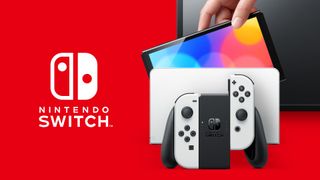
intendo Switch sits straddled between two different Sony and Microsoft console cycles: the Xbox One into Xbox Series X and the PS4 into PS5. With the mid-cycle console refresh precedent set by other industry titans (and Nintendo itself) it's difficult to avoid direct comparisons between the Nintendo Switch OLED and previous mid-cycle updates of both Xbox and PlayStation consoles. Those comparisons only make the Switch OLED look worse, unfortunately.
Sign up to the 12DOVE Newsletter
Weekly digests, tales from the communities you love, and more
The Xbox One X debuted in November 2017 and retailed for $499, the same price as the original Xbox One. The mid-cycle console doubles the storage from 500GB to 1TB, increases the processing power and RAM, and offers 4K HDR gaming. The PS4 Pro was released in November 2016 and cost $399, the same price as the original PS4. PlayStation's version of the mid-cycle console is very similar to its competitor: it doubles the storage, increases the processing power, and provides the highly sought after 4K gaming experience.
Compare that to the Nintendo Switch OLED, which doubles the internal storage from 32GB to 64GB and offers a larger screen. The processing power remains exactly the same as the original Switch, so don't expect games to run any faster on the OLED, and there's no increase to battery life. And most confusingly, the Nintendo Switch OLED has 720p resolution in handheld and 1080p when docked – which is the exact same as the original Nintendo Switch. With the adoption rates of 4K televisions only rising, the lack of support for improved resolutions feels like a missed opportunity to future-proof the console – particularly as so many third-party publishers are prioritising higher fidelity experiences for PC and other home consoles.
The Switch OLED seems weirder when you look at Nintendo's hardware history: the Nintendo DS was released for $149 in 2005, then a year and a half later came the DS Lite for a bit cheaper. The DS Lite was slimmer and more lightweight, with a longer battery life and adjustable brightness settings. Then came the Nintendo DSi and DSi XL, which offered an even bigger screen for just $40 more (and internet connection). Almost every new iteration of the DS made sense, offering changes that warranted purchasing a new console. The Nintendo 3DS console generation followed a similar trajectory, with its console revisions offering noticeable improvements like bigger screens, better processing power, and a new suite of buttons, thumbsticks, and triggers. Compare the two previous generations to the Nintendo Switch OLED and it's no wonder many of us are feeling underwhelmed.
While the rampant rumor hype can be blamed in part for the disappointment that comes with a lack of 4K gaming, the rumors aren't the reason why the Nintendo Switch OLED feels like a strange console. Four years after the release of the Switch, Nintendo is just giving us a console with a slightly larger screen in a different colorway - and that doesn't feel like enough in today's hyper-competitive console race.
An analyst claims a Nintendo Switch 4K model may still be in the works.
Alyssa Mercante is an editor and features writer at GamesRadar based out of Brooklyn, NY. Prior to entering the industry, she got her Masters's degree in Modern and Contemporary Literature at Newcastle University with a dissertation focusing on contemporary indie games. She spends most of her time playing competitive shooters and in-depth RPGs and was recently on a PAX Panel about the best bars in video games. In her spare time Alyssa rescues cats, practices her Italian, and plays soccer.
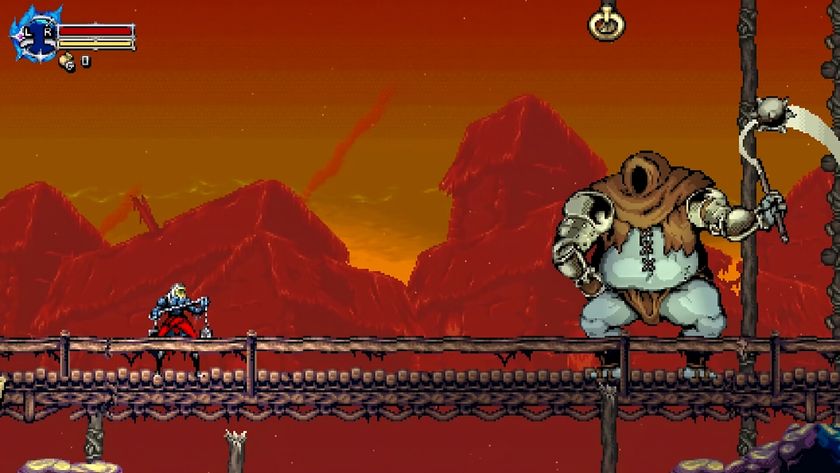
And you thought Hollow Knight: Silksong is late – 37 years in the making, this retro Metroidvania has a whip-smart Steam Next Fest demo that's as Castlevania as it gets
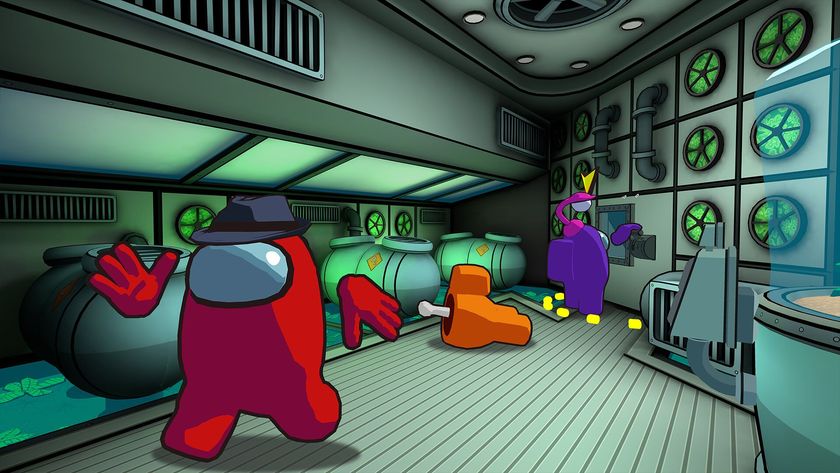
Among Us is popping off all over again thanks to a 3D version of the viral hit that's climbing up Steam Next Fest's charts
Most Popular




